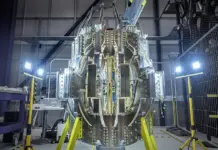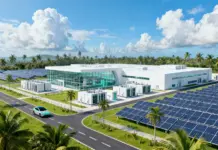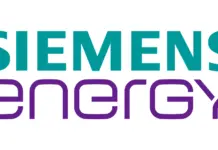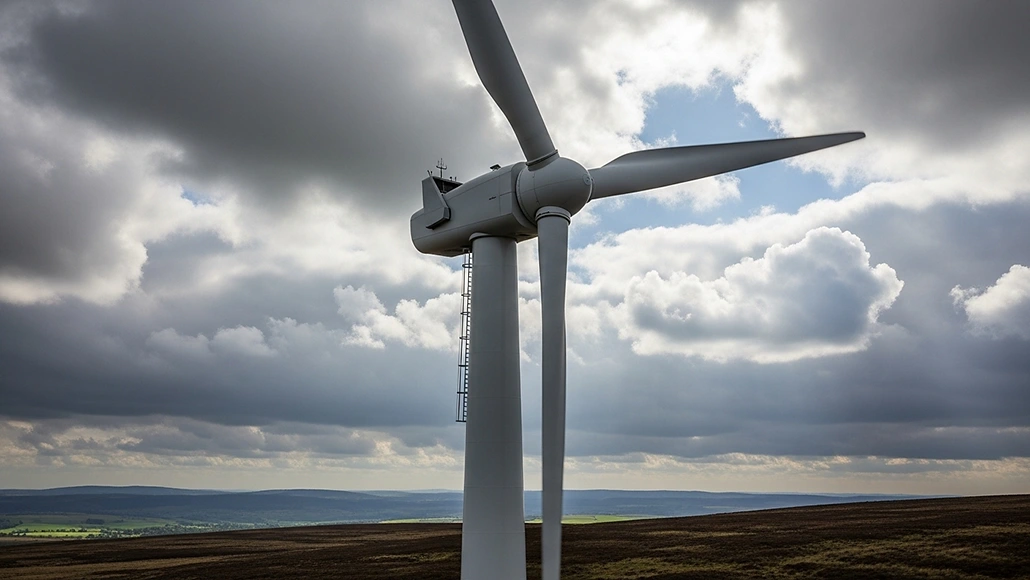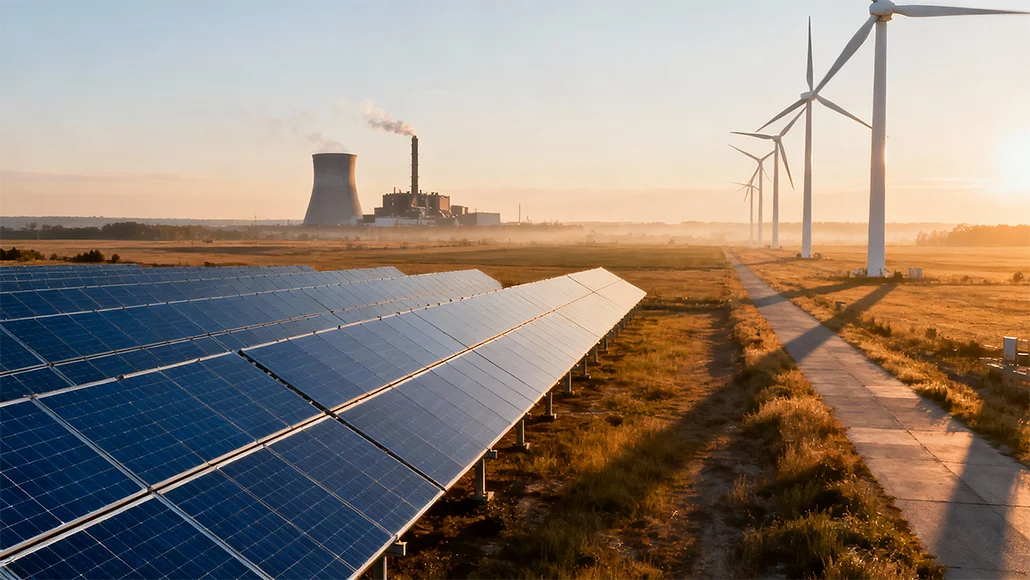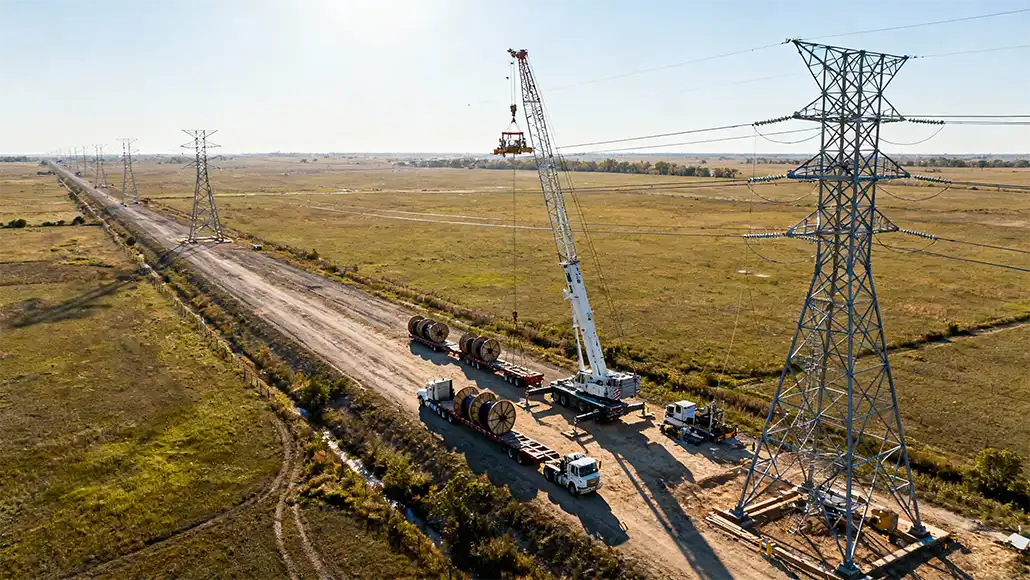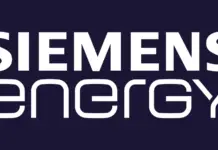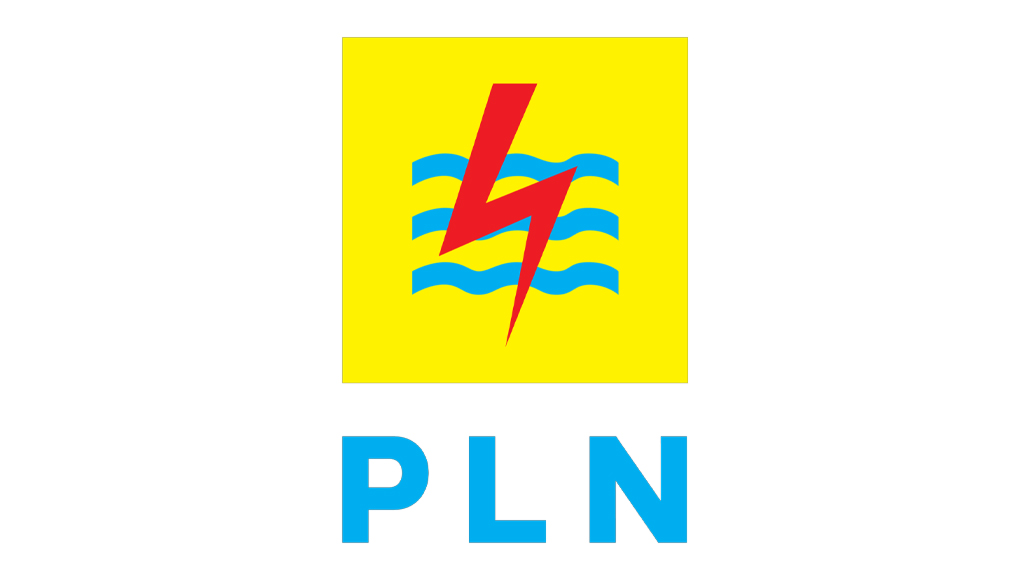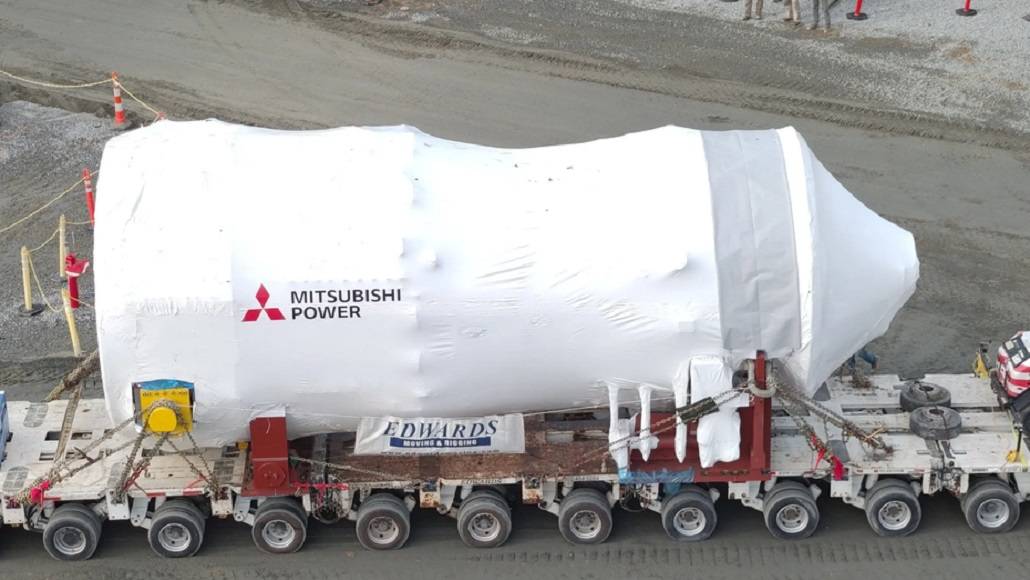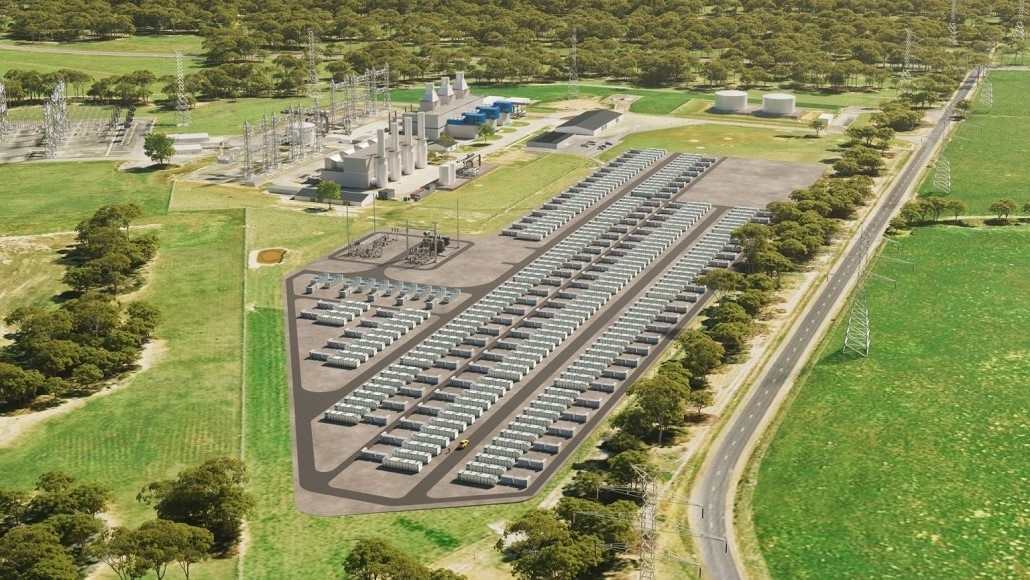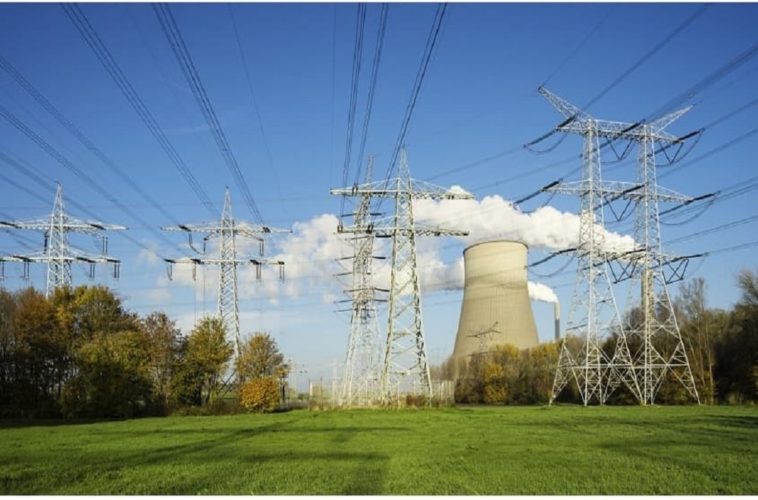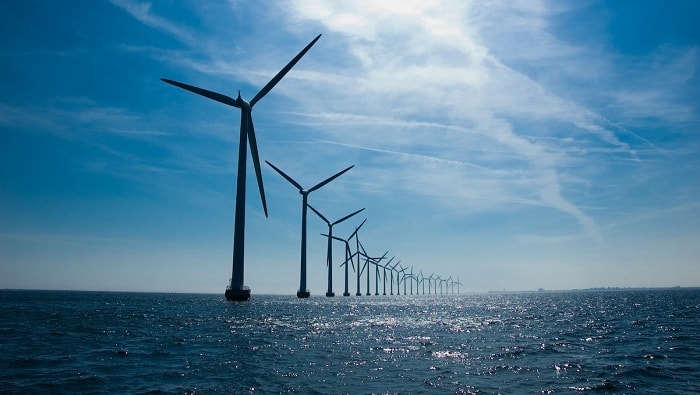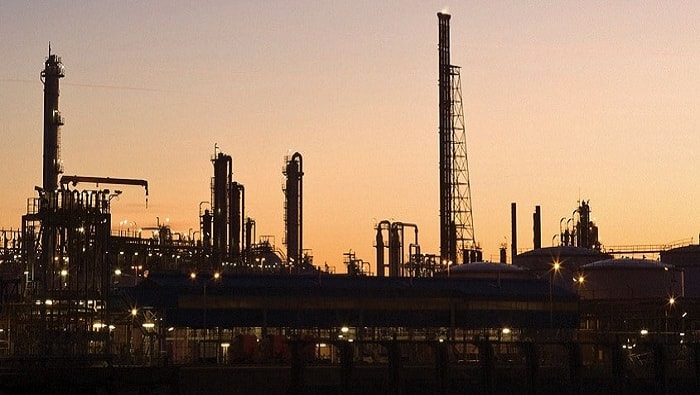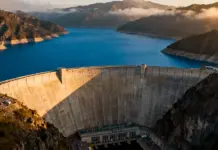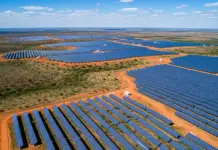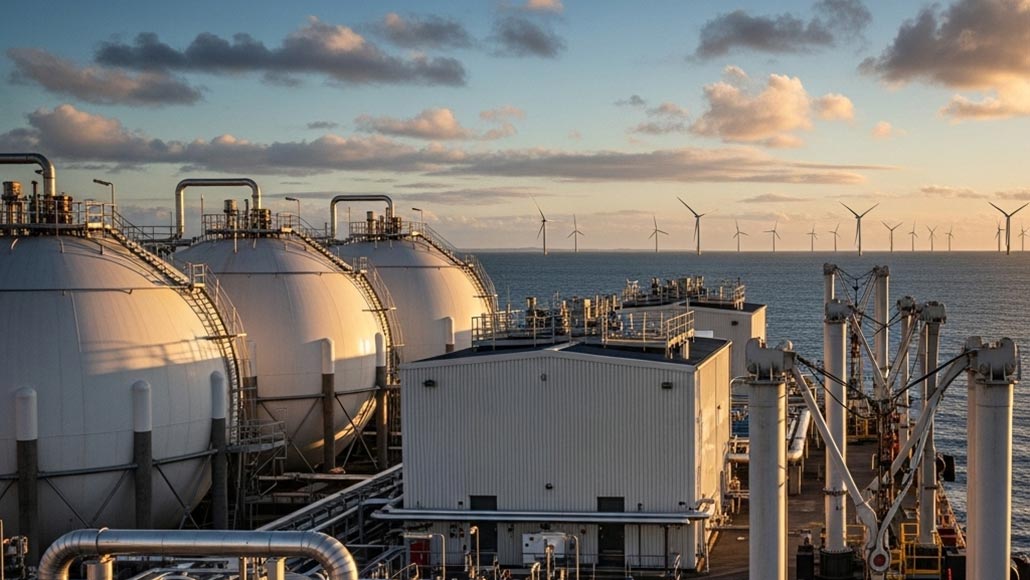AquaVentus, which happens to be a German-led initiative, and Hydrogen Scotland, the industry association, have gone on to sign a Memorandum of Understanding (MoU) so as to develop a shared infrastructure when it comes to green hydrogen production as well as transport in the North Sea. The agreement looks forward to combining the offshore wind potential of Scotland with German offshore electrolysis expertise with the viewpoint of a cross-border energy interconnection model which can very well prove to be a seamless North Sea hydrogen production corridor.
An energy corridor between Scotland and Germany
Apparently, a key component of this cooperation and the so-called North Sea hydrogen production corridor happens to be the AquaDuctus subsea pipeline project. This offshore conduit happens to be designed so as to transport hydrogen, which is produced from wind-generated electricity. AquaDuctus goes on to follow a hybrid pipes and wires model, which helps with either direct grid connection or conversion into hydrogen by way of electrolysis in terms of pipeline export.
It is well to be noted that AquaVentus looks forward to installing 10 GW of offshore electrolysis capacity by 2030, therefore helping with the production of almost 1 Mt/year of green hydrogen. At the same time, Scotland targets green hydrogen production of almost 3.3 Mt/year by 2045, mostly for export.
Meeting high ambitions of European hydrogen import
Germany, which happens to face a growing low-carbon energy demand, anticipates somewhere between 50% and 70% of its hydrogen requirements to be met by way of imports by the end of the decade, which is, by the way, equivalent to almost 2.3 Mt/year. The collaboration looks forward to addressing this demand through establishing a very safe and secure as well as interconnected supply route between the UK and Germany.
Apparently, this partnership could also lay the groundwork pertaining to a strategic hydrogen corridor located in Northern Europe, conversion and transport by way of a subsea infrastructure, and integrating the energy production. Stakeholders also go on to state that standardizing connections as well as aligning regulations are going to be the key to the success of the project.


